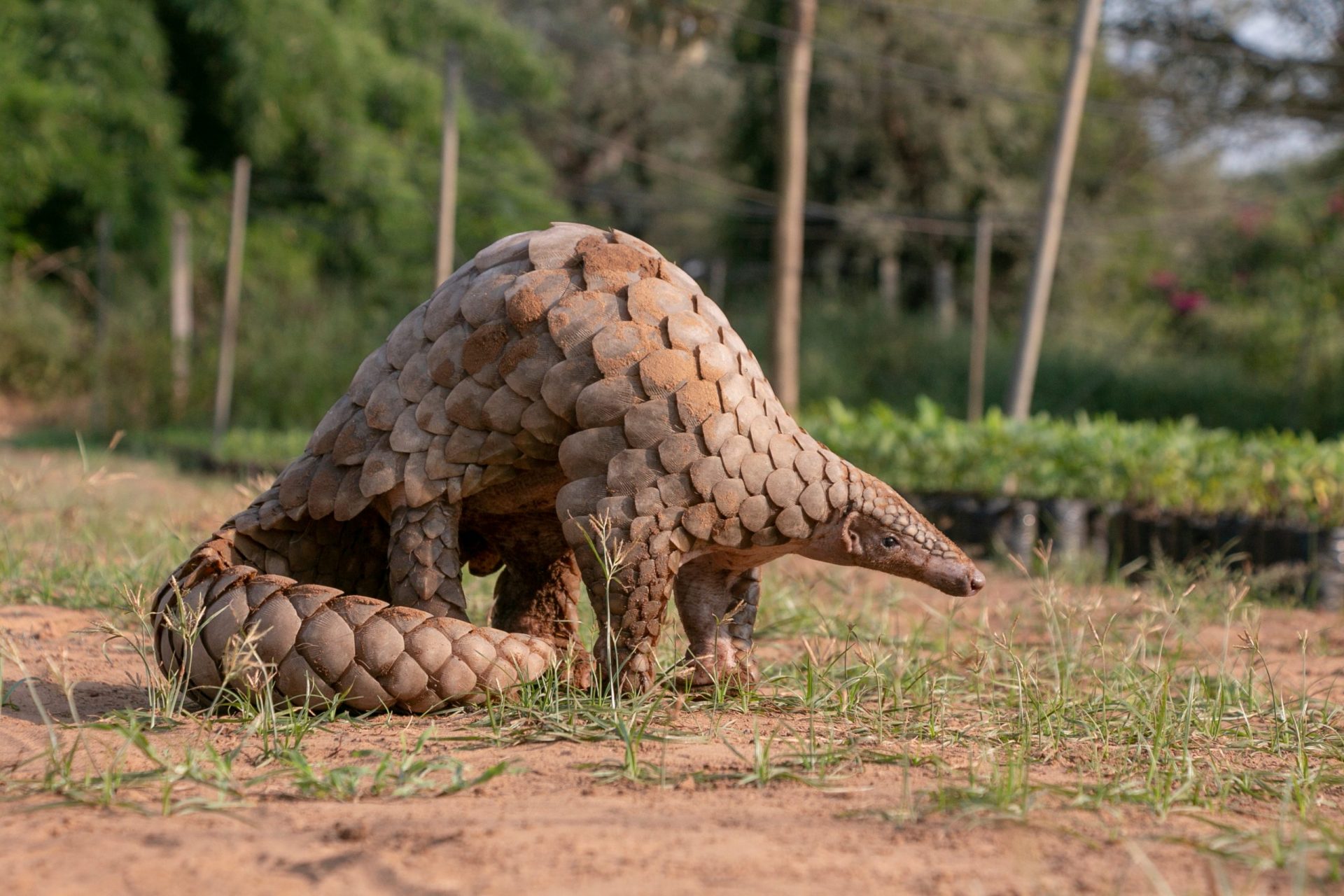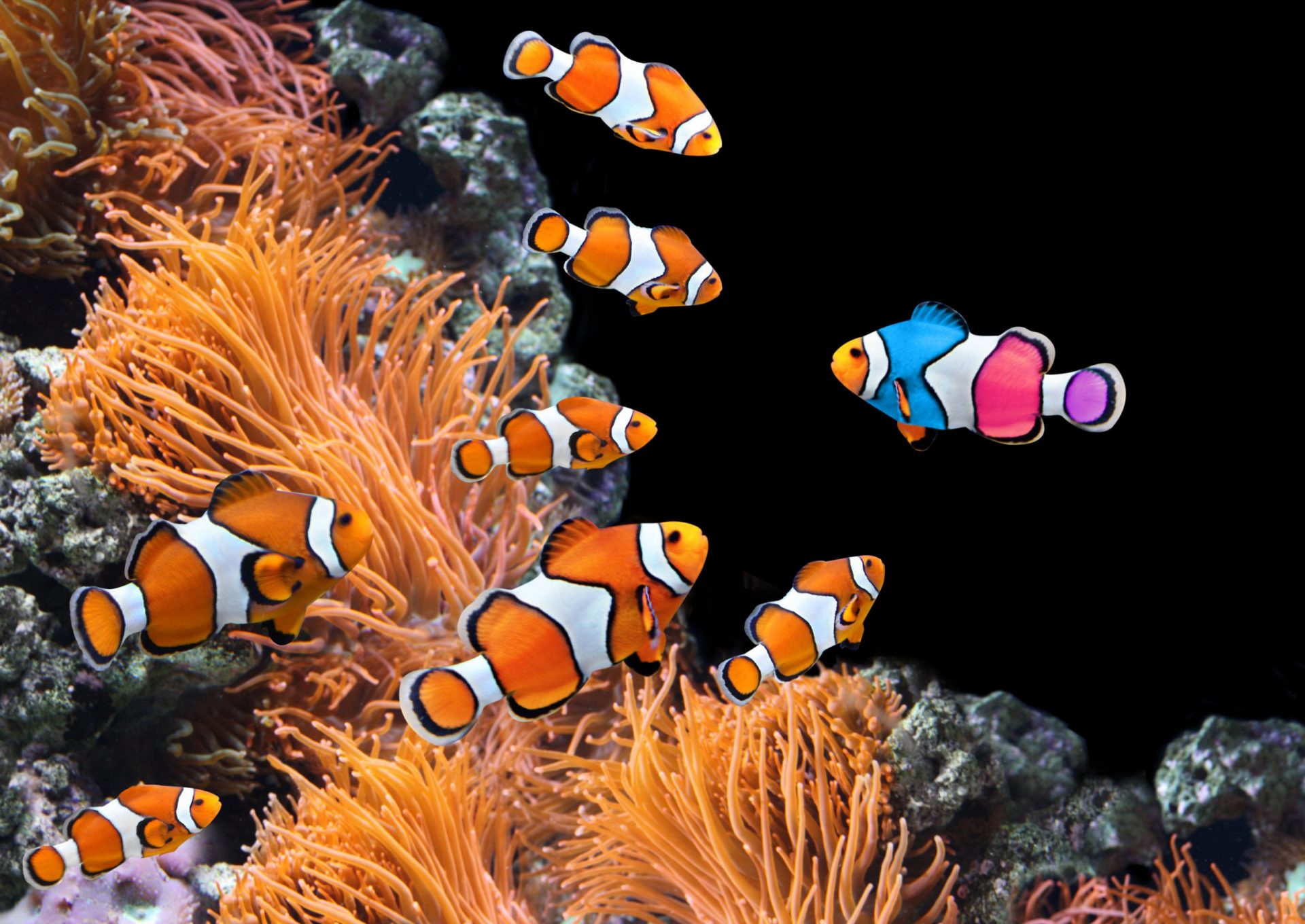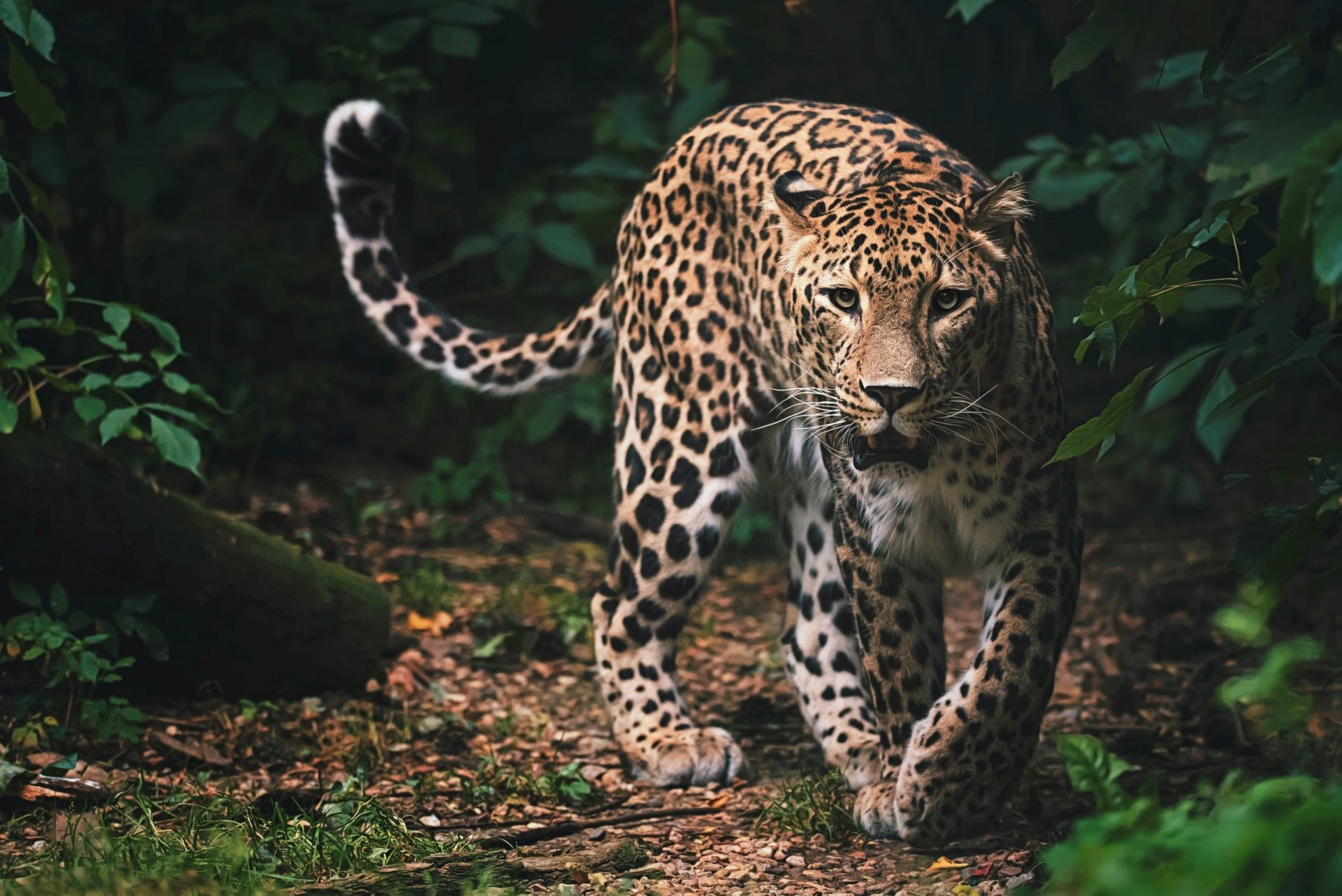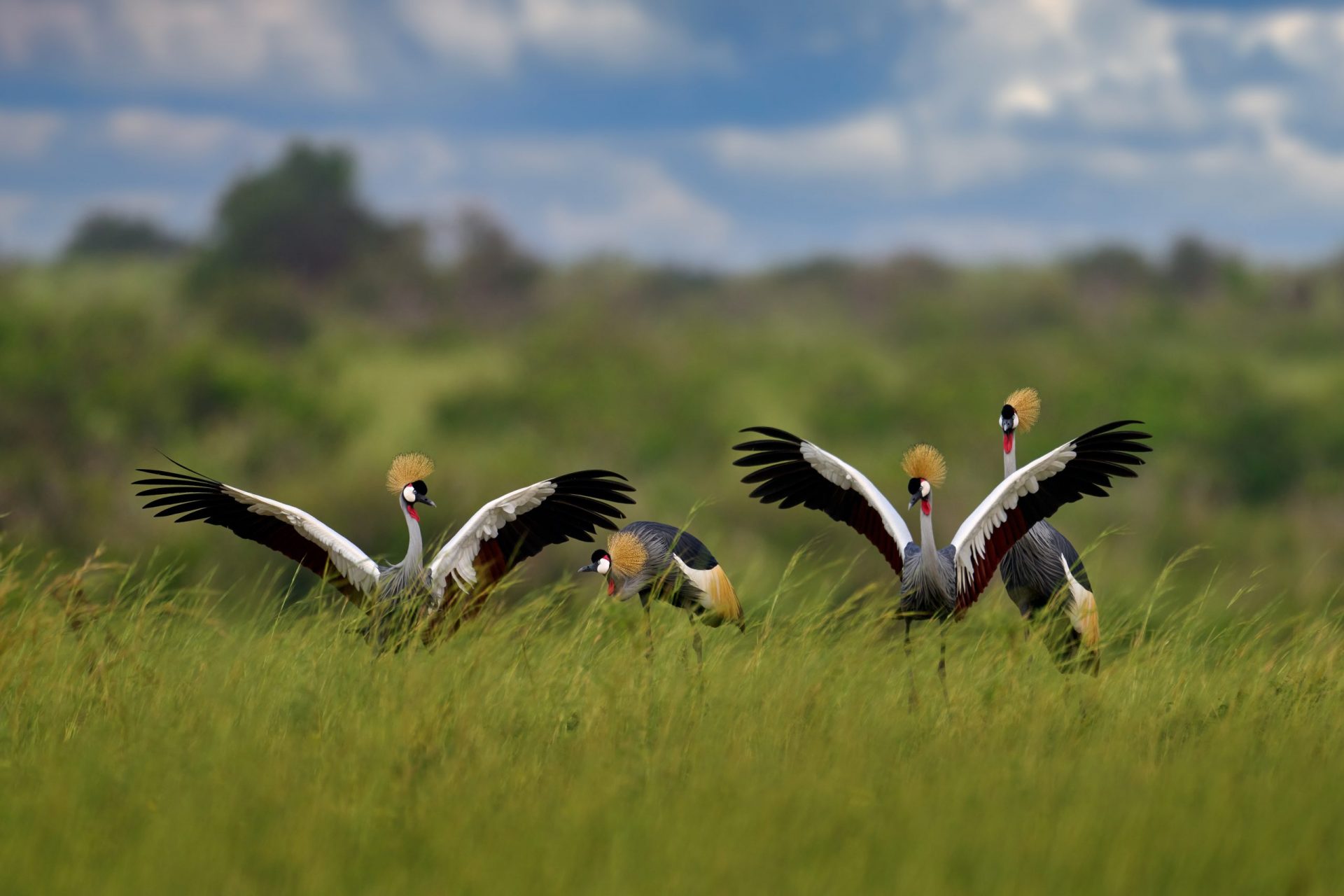Animals have evolved countless unusual adaptations to help them survive and thrive in their environments.
Some of these adaptations are common and well-known, like the sharp claws of big cats or the thick fur of Arctic mammals. Others, however, are much more unusual and may surprise you. In this article, we will explore some of the most unusual and fascinating animal adaptations and survival strategies that have evolved over millions of years of evolution.
Camouflage and Disguise
One of the most remarkable survival strategies is the ability of some animals to blend in with their surroundings. Camouflage helps animals avoid detection by predators, while disguise allows animals to trick their prey into thinking they are something they are not.
For example, the walking stick insect has evolved to look like a piece of vegetation, which makes it difficult for birds to spot. The stick insect is able to change its color to match the leaves or twigs it is sitting on, making it even harder to detect.
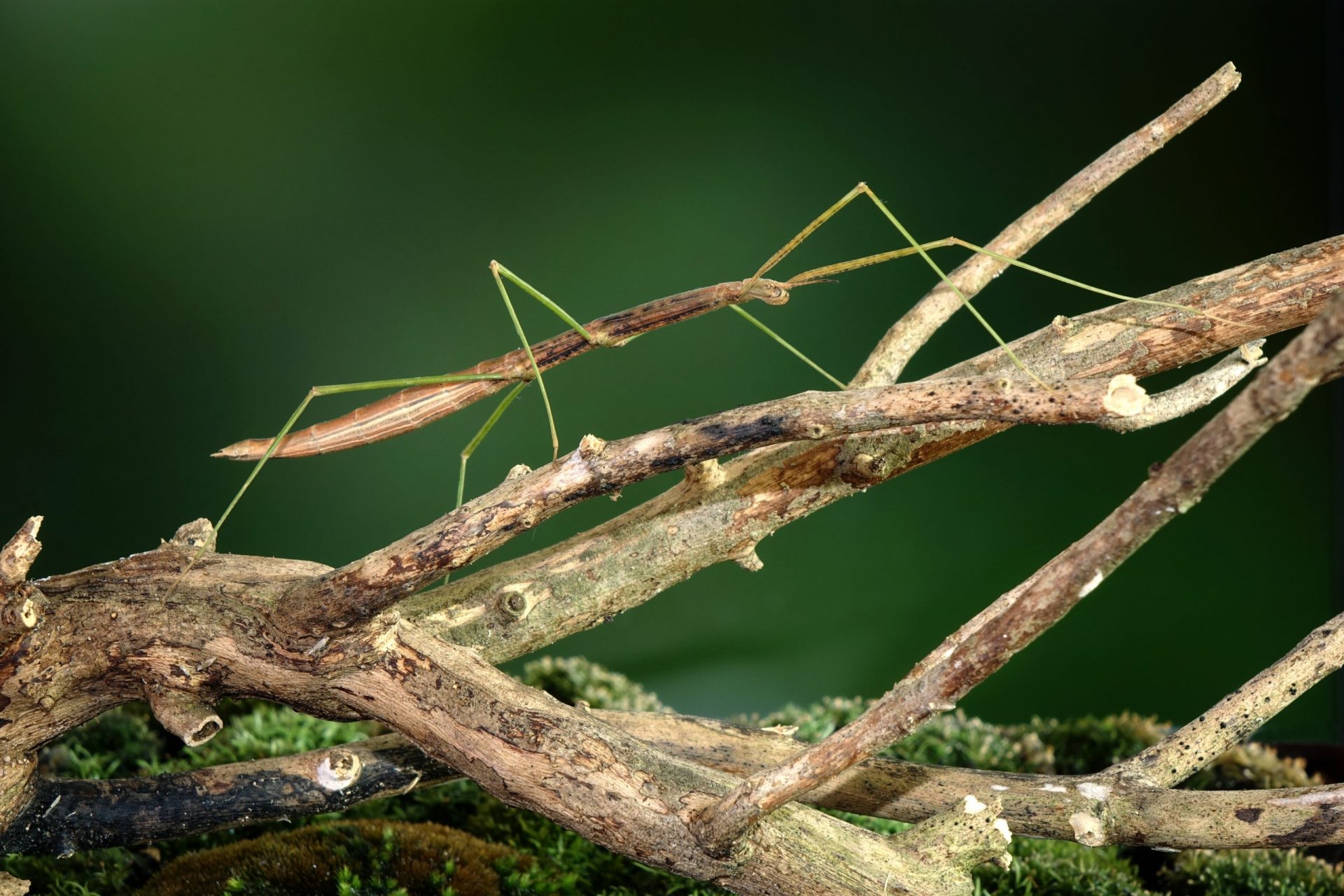
Another example is the mimic octopus, which can change its color and shape to mimic different species of animals. By pretending to be something it’s not, the mimic octopus is able to avoid predators or trick prey into thinking it’s not a threat.
Chemical Defenses
Many animals have evolved chemical defenses to protect themselves from predators. Some animals, like skunks and poison dart frogs, secrete chemicals that are noxious to predators. These chemicals can be so strong that they can temporarily blind or disable a predator, allowing the animal to escape.
Others, like the bombardier beetle, are able to shoot hot, noxious chemicals out of their bodies to deter predators. This type of defense is especially effective because the chemicals are not only unpleasant, but they can also be dangerous to predators.
Armor and Protective Structures
Some animals have evolved physical adaptations that protect them from predators. For example, turtles have a hard shell that provides them with a layer of armor that helps keep them safe. Similarly, some species of insects have developed thick, spiky exoskeletons that make it difficult for predators to grab and eat them.
Another example of this type of adaptation is seen in the pangolin, which has tough, armor-like scales that protect it from predators. The pangolin can curl up into a tight ball, using its scales to protect its head, tail, and legs from danger.
Mimicry
Mimicry is a survival strategy that involves animals pretending to be something they are not. Some animals mimic the appearance of other species to avoid detection by predators, while others mimic the calls or behaviors of other animals to trick their prey.
For example, the false clown anemonefish is a type of fish that has evolved to mimic the appearance of toxic species. By looking like a toxic fish, the false clown anemonefish is able to deter predators from attacking it.
Similarly, the mantis shrimp has evolved to mimic the appearance of toxic sea snakes, which helps it avoid being eaten by predators.
Stealth and Sneaking
Stealth and sneaking are two other important unusual adaptations and survival strategies that have evolved in animals. These adaptations allow animals to avoid detection by predators and to sneak up on their prey without being seen.
For example, the leopard is an expert at sneaking and stalking its prey. With its spotted coat and ability to move quietly and quickly, the leopard is able to get close to its prey without being seen or heard.
Another example of this type of adaptation is seen in the ocelot, which is able to move through the trees without making a sound. This allows the ocelot to approach its prey undetected and to hunt more effectively.
The owl is another animal that has evolved to be stealthy and sneaky. With its silent flight and ability to see in the dark, the owl is able to hunt at night without being heard or seen.
Deception
Deception is a survival strategy that involves tricking others into thinking you are something you are not. Many animals have evolved deceptive behaviors and appearances to avoid detection by predators or to lure prey into a trap.
For example, the anglerfish has evolved a long, bioluminescent “fishing rod” on its head that it uses to lure prey. By wiggling the fishing rod in front of its mouth, the anglerfish tricks smaller fish into thinking that it is a source of food, which makes them easier to catch.
Another example of deception can be seen in the African crowned crane, which uses its elaborate courtship display to attract mates. By spreading its feathers and dancing in a specific pattern, the crane is able to convince potential mates that it is a desirable mate, which increases its chances of successfully mating.
Conclusion
Animals have evolved many fascinating and unusual adaptations and survival strategies over millions of years of evolution. From camouflage and disguise to deception and stealth, these adaptations help animals avoid predators, catch prey, and thrive in their environments.
Whether you are fascinated by the survival skills of big cats or the deceptive behaviors of anglerfish, the world of animal adaptations is truly captivating and endlessly fascinating.
Install MyStart Theme for Google Chrome



